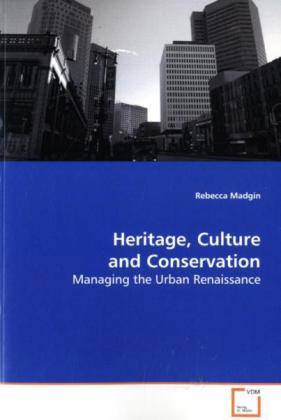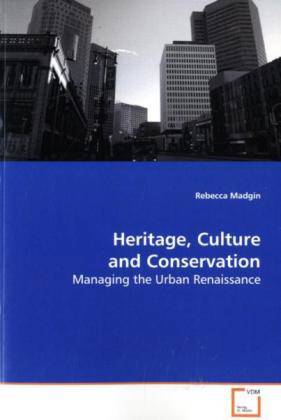
- Afhalen na 1 uur in een winkel met voorraad
- Gratis thuislevering in België vanaf € 30
- Ruim aanbod met 7 miljoen producten
- Afhalen na 1 uur in een winkel met voorraad
- Gratis thuislevering in België vanaf € 30
- Ruim aanbod met 7 miljoen producten
Zoeken
€ 115,95
+ 231 punten
Omschrijving
What strategies did cities develop from the 1970s as their industrial base experienced terminal contraction? How did cities manage the transition from their traditional industrial base to one suited to a global economy? Central to these processes was a strategy to improve the built environment by either adapting historic urban buildings or by demolishing and replacing them. Proposed demolitions revealed both the extent to which the historic environment was considered relevant in a contemporary world and what value it was assigned by a complex matrix of agencies. In the context of these different agendas and fluctuating power bases this book identified a four stage process of using the historic environment to secure urban regeneration: firstly, recognising the meaning of space; secondly, managing urban change; thirdly, seducing urban users, and fourthly, manipulating the historic environment. The book will prove useful to students and professionals working in the fields of history, heritage, planning and regeneration.
Specificaties
Betrokkenen
- Auteur(s):
- Uitgeverij:
Inhoud
- Aantal bladzijden:
- 252
- Taal:
- Engels
Eigenschappen
- Productcode (EAN):
- 9783639157895
- Verschijningsdatum:
- 14/06/2009
- Uitvoering:
- Paperback
- Formaat:
- Trade paperback (VS)
- Afmetingen:
- 152 mm x 229 mm
- Gewicht:
- 371 g

Alleen bij Standaard Boekhandel
+ 231 punten op je klantenkaart van Standaard Boekhandel
Beoordelingen
We publiceren alleen reviews die voldoen aan de voorwaarden voor reviews. Bekijk onze voorwaarden voor reviews.








